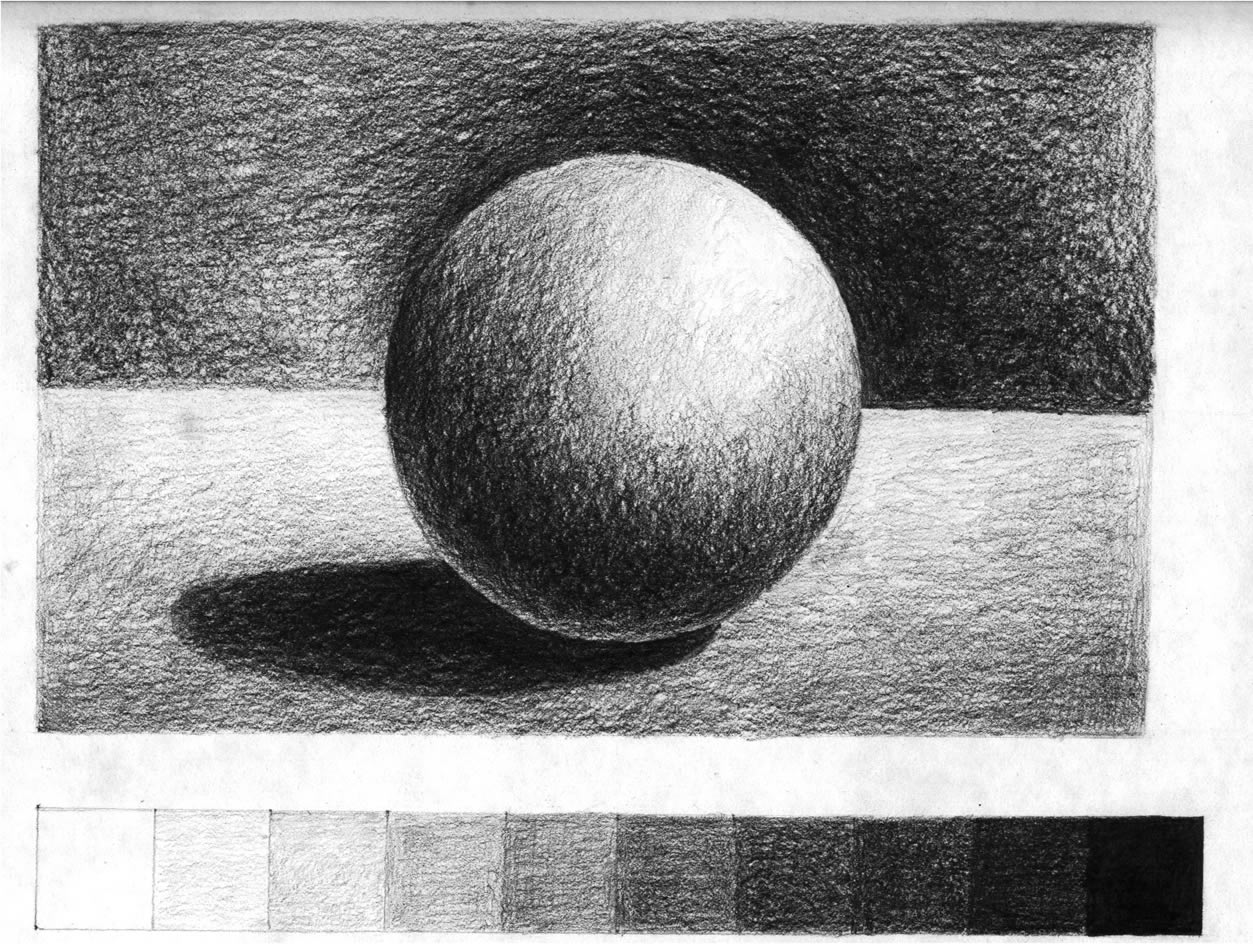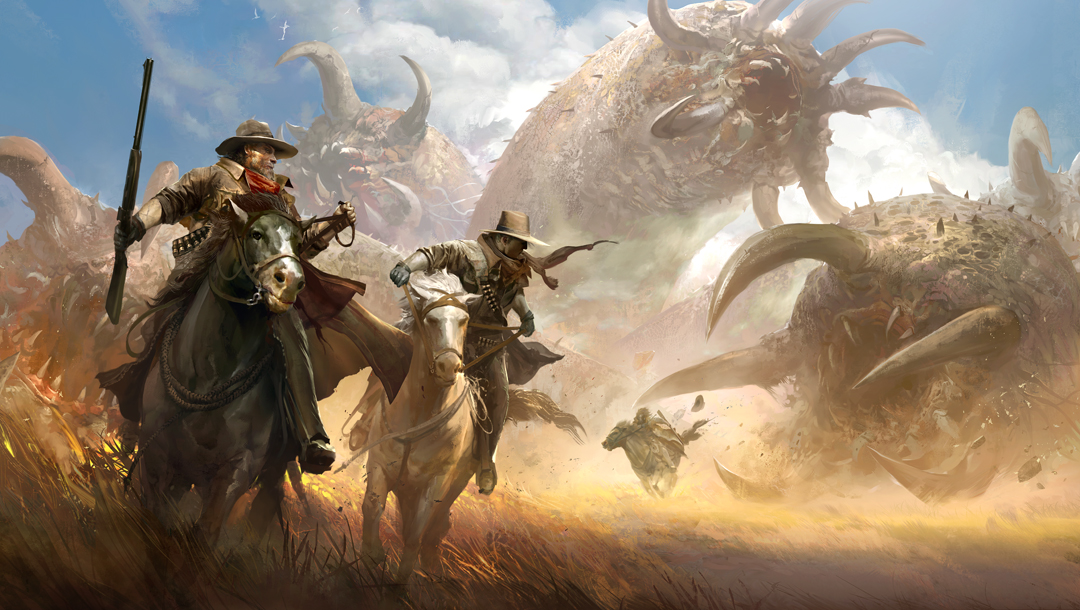Value
In my mind this is the most important of all art principles. Value could probably cover volume too but they're slightly different. Value is often described visually by a scale with varying shades of gray arranged between black and white, but in reality its the way in which the artist can make a 2D image look as if it is three-dimensional. Whenever you seen an artist rendering a ball or box in just black and white they're usually practising their value skills

A rather crude rendering of a ball and a value scale to show the point.
Colour
Colour is a very important matter as i feel thats where a painting gets its emotional value. Artists like Rothko have explored how colour can change someones mood by painting massive canvas's with a few colours on, many people when confronting one of rothkos work are overcome with a sombre feeling. Personally, when i stood in front of a Rothko piece i didnt really feel all that much although i could see why people felt the way they did. I feel colour can really change a piece and it is important to understand why.

The Rothko piece i was lucky enough to see.
Two of the main art principles that have so much depth to them that i barely even scratched the surface of what they intale, so go read about them yourself! Ultimately though, composition is the placement of these art principles in the scene. Its often used to devistating effect by digital artists that are seemingly able to control your eyes. Composition is also important as you can tell the reader scale through placement of the "camera" or viewers eye.

This piece by kekai kotaki for example. The camera is relatively low looking up at the characters and it really pushes the drama of the picture and also the scale of the giant worm monster chasing the cowboys.
I only know of a few rules of composition but i am sure there are many more. The few i know are;
Rule of thirds - making sure there is a point of interest in each third of the frame
Differential focus - Blurring parts of an image to force focus, much like the eyes do naturally
Rule of odds - Using an odd number of subjects to a scene to make it more visually interesting.
No comments:
Post a Comment